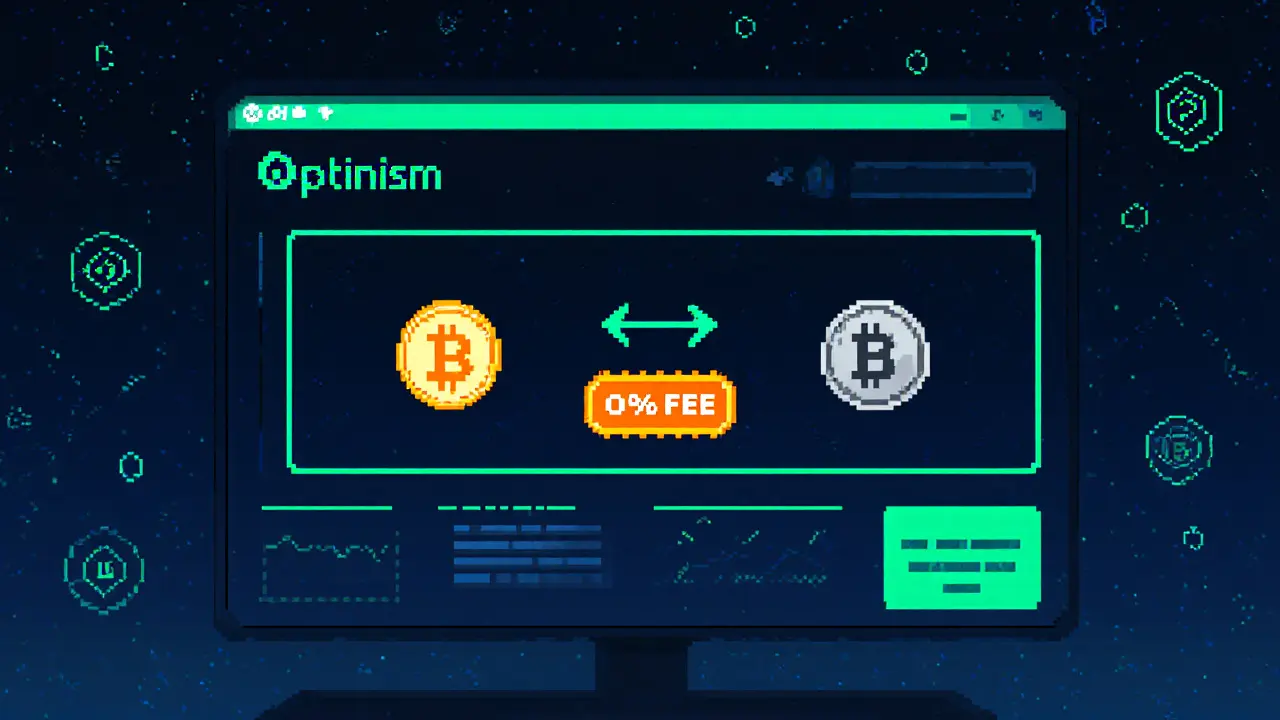veVELO – The Vote‑Escrowed Token Powering Velodrome Finance
When working with veVELO, the vote‑escrowed version of the VELO token that locks tokens for time‑based voting power in Velodrome Finance. Also known as vote‑escrow VELO, it blends token holdings with a commitment period to boost governance influence and earn extra rewards.
Velodrome Finance itself is a DeFi AMM platform, focused on low‑slippage swaps and incentive‑aligned liquidity provision on Optimism. It created the VELO token as a native utility, and later introduced veVELO to encourage long‑term participation. The platform’s design mirrors earlier vote‑escrow models, making it a natural hub for vote escrow token strategies.
The vote‑escrow mechanism originated with Curve Finance’s veCRV, a system where users lock CRV tokens to receive voting rights and boosted yields. This model shows how time‑weighted voting can align incentives: the longer you lock, the more power you get, which in turn drives deeper liquidity mining rewards. veVELO adopts the same principle, letting users lock VELO for up to four years and earn higher share of fees.
Liquidity mining is another core piece of the puzzle. By providing liquidity to Velodrome’s pools, users earn VELO rewards; if they also lock VELO as veVELO, those rewards are multiplied. This creates a feedback loop: more veVELO holders mean higher fee distribution, which attracts more liquidity providers, further boosting the ecosystem’s health.
Governance in DeFi relies on token‑based voting, but vote‑escrow adds a qualitative edge. veVELO holders can propose protocol upgrades, adjust fee structures, or allocate reward tiers. Because voting power is tied to lock duration, decisions tend to favor long‑term stability over short‑term speculation.
Key Interactions Between veVELO and the Wider DeFi Landscape
Beyond Velodrome, veVELO interacts with broader Optimism incentives. The network’s rollout of retroactive public goods funding often looks to vote‑escrowed tokens as a gauge of community commitment. veVELO’s locked supply therefore influences eligibility for additional airdrops or grant programs, linking tokenomics to cross‑chain opportunities.
Risk management is also tied to veVELO. Locked tokens are less likely to be dumped, reducing market volatility during sudden price swings. This stability benefits traders and arbitrage bots who rely on predictable price curves, creating a healthier trading environment for everyone.
Finally, the evolution of veVELO rewards has sparked a wave of derivative products, such as veVELO‑backed LP tokens that can be used as collateral on lending platforms. These derivatives expand the utility of locked VELO, letting users tap into borrowing power without sacrificing governance influence.
All these pieces—vote‑escrow mechanics, liquidity mining, cross‑chain incentives, and derivative use cases—form a tightly knit ecosystem. Below you’ll find in‑depth articles that break down each component, from step‑by‑step guides on locking VELO to analyses of how veVELO shapes Velodrome’s fee model. Dive in to see how the vote‑escrow model is reshaping DeFi governance and earning potential.
Velodrome Finance V2 Review: Zero‑Fee Optimism DEX Deep Dive
Posted By Tristan Valehart On 10 Mar 2025 Comments (19)

A thorough review of Velodrome Finance V2, covering zero‑fee swaps, veVELO governance, rewards, performance data, pros, cons, and how it stacks up against other Optimism DEXs.
READ MORE